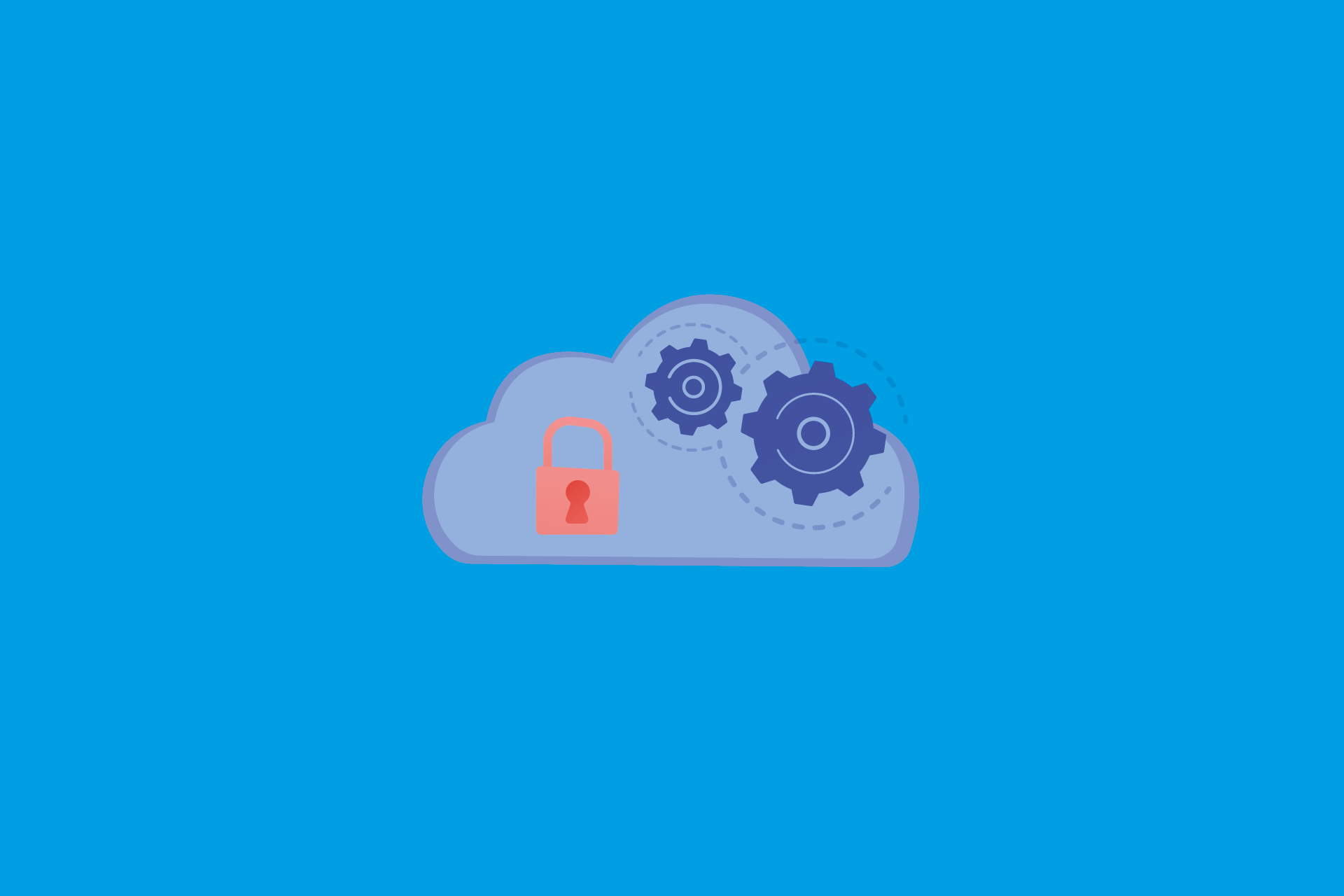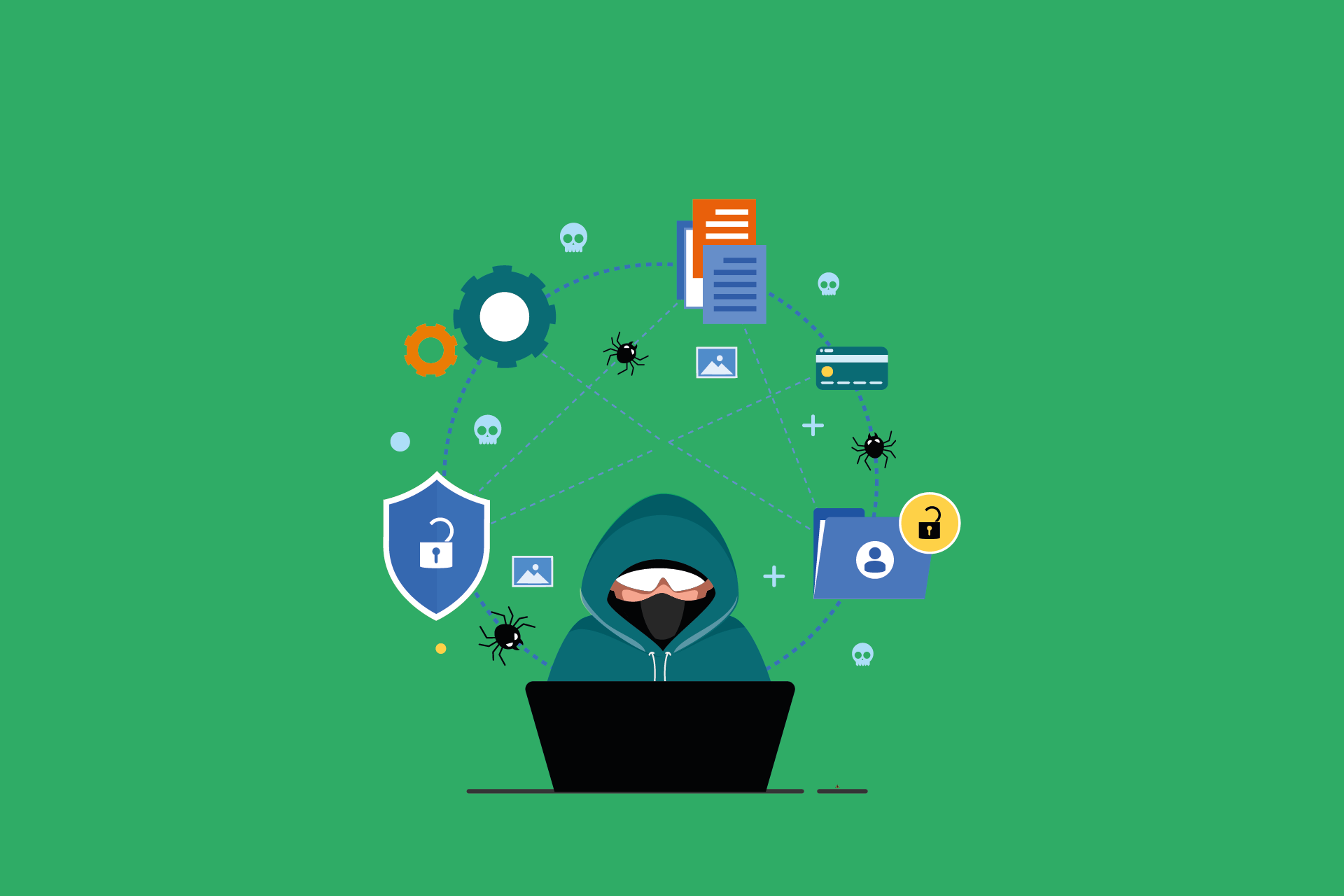Currently Empty: 0 FCFA
- Manuel Elvir
- Dernière mise à jour May 15, 2019
CSSLP: Certified Secure Software Lifecycle Professional
Course Overview
The course on CSSLP teaches how to secure your applications. After having CSSLP certification from (ISC) ², your application security capability within the software development lifecycle will be authorized.
CSSLP: Certified Secure Software Lifecycle Professional
Have a minimum of 4 years of cumulative paid full-time professional experience in the software development lifecycle (SDLC) in 1 or more of the 8 domains of the (ISC)² CSSLP CBK or 3 years of cumulative paid full-time professional experience in the SDLC in 1 or more of the 8 domains of the (ISC)² CSSLP CBK with a 4-year college degree, or regional equivalent in Computer Science, Information Technology (IT) or related fields.
The CSSLP course at Fireshield is conducted under the supervision of a CSSLP instructor
Focused Training on Official ISC2 CSSLP CBK
Specialized study notes focusing on exam content
Mock Test as per the difficulty level and pattern of real exam
This course has been designed to maximize success in the tough CSSLP exam
This course supports a certification that is a DoD Approved 8570 Baseline Certification and meets DoD 8570 training requirements
Upon Completion of this Course, you will accomplish following:
Creating an application security program in organization
Dropping production costs, delivery delays and application vulnerabilities
Increasing the integrity of an organization
Reducing loss of income due to a breach resulting from insecure software
You will learn:
Module 1: Secure Software Concepts
- Core Concepts
- Security Design Principles
Module 2: Secure Software Requirements
- Define Software Security Requirements
- Identify and Analyze Compliance Requirements
- Identify and Analyze Data Classification Requirements
- Identify and Analyze Privacy Requirements
- Develop Misuse and Abuse Cases
- Develop Security Requirement Traceability Matrix (STRM)
- Ensure Security Requirements Flow Down to Suppliers/Providers
Module 3: Secure Software Architecture and Design
- Perform Threat Modeling
- Define the Security Architecture
- Performing Secure Interface Design
- Performing Architectural Risk Assessment
- Model (Non-Functional) Security Properties and Constraints
- Model and Classify Data
- Evaluate and Select Reusable Secure Design
- Perform Security Architecture and Design Review
- Define Secure Operational Architecture (e.g., deployment topology, operational interfaces)
- Use Secure Architecture and Design Principles, Patterns, and Tools
Module 4: Secure Software Implementation
- Adhere to Relevant Secure Coding Practices (e.g., standards, guidelines and regulations)
- Analyze Code for Security Risks
- Implement Security Controls (e.g., watchdogs, File Integrity Monitoring (FIM), anti-malware)
- Address Security Risks (e.g. remediation, mitigation, transfer, accept)
- Securely Reuse Third-Party Code or Libraries (e.g., Software Composition Analysis (SCA))
- Securely Integrate Components
- Apply Security During the Build Process
Module 5: Secure Software Testing
- Develop Security Test Cases
- Develop Security Testing Strategy and Plan
- Verify and Validate Documentation (e.g., installation and setup instructions, error messages, user guides, release notes)
- Identify Undocumented Functionality
- Analyze Security Implications of Test Results (e.g., impact on product management, prioritization, break build criteria)
- Classify and Track Security Errors
- Secure Test Data
- Secure Test Data
Module 6: Secure Software Lifecycle Management
- Secure Configuration and Version Control (e.g., hardware, software, documentation, interfaces, patching)
- Define Strategy and Roadmap
- Manage Security Within a Software Development Methodology
- Identify Security Standards and Frameworks
- Define and Develop Security Documentation
- Develop Security Metrics (e.g., defects per line of code, criticality level, average remediation time, complexity)
- Decommission Software
- Report Security Status (e.g., reports, dashboards, feedback loops)
- Incorporate Integrated Risk Management (IRM)
- Promote Security Culture in Software Development
Implement Continuous Improvement (e.g., retrospective, lessons learned)
Group training
460000 CFA
02 - 06 May 2022
09:00 AM - 05:00 PM UTC+1 (8 Hours/Day)
06 - 10 Jun 2022
09:00 AM - 05:00 PM UTC+1 (8 Hours/Day)
12 - 16 Aout 2022
09:00 AM - 05:00 PM UTC+1 (8 Hours/Day)
Individual training
400.000 FCFA
Reviews
Show reviews in all languages (1)
Be the first to review “CSSLP: Certified Secure Software Lifecycle Professional” Cancel reply
Recent Courses
CCSE: Certified Cloud Security Engineer
09:00 AM - 05:00 PM UTC+1 (8 Hours/Day)
09:00 AM - 05:00 PM UTC+1 (8 Hours/Day)
09:00 AM - 05:00 PM UTC+1 (8 Hours/Day)
CEH: Certified Ethical Hacker
09:00 AM - 05:00 PM UTC+1 (8 Hours/Day)
09:00 AM - 05:00 PM UTC+1 (8 Hours/Day)
09:00 AM - 05:00 PM UTC+1 (8 Hours/Day)
CPENT: Certified Penetration Testing Professional
09:00 AM - 05:00 PM UTC+1 (8 Hours/Day)
09:00 AM - 05:00 PM UTC+1 (8 Hours/Day)
09:00 AM - 05:00 PM UTC+1 (8 Hours/Day)











There are no reviews yet.